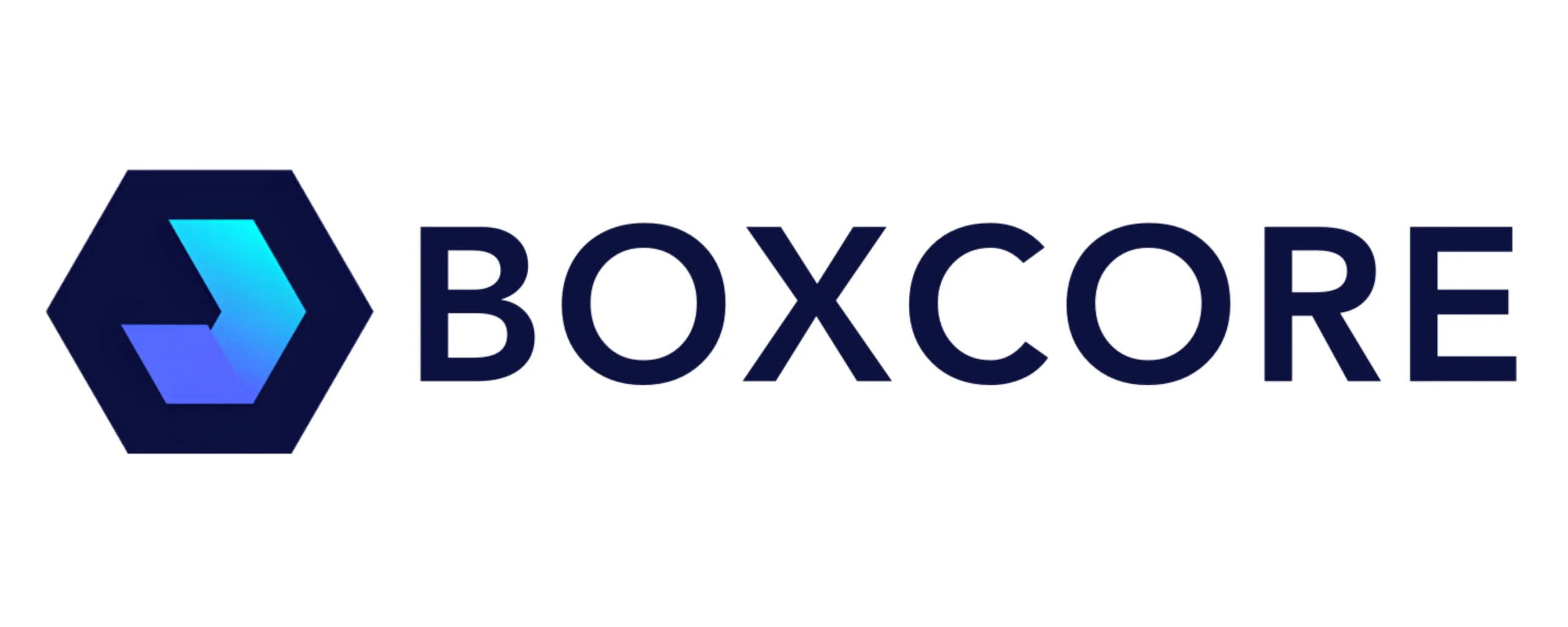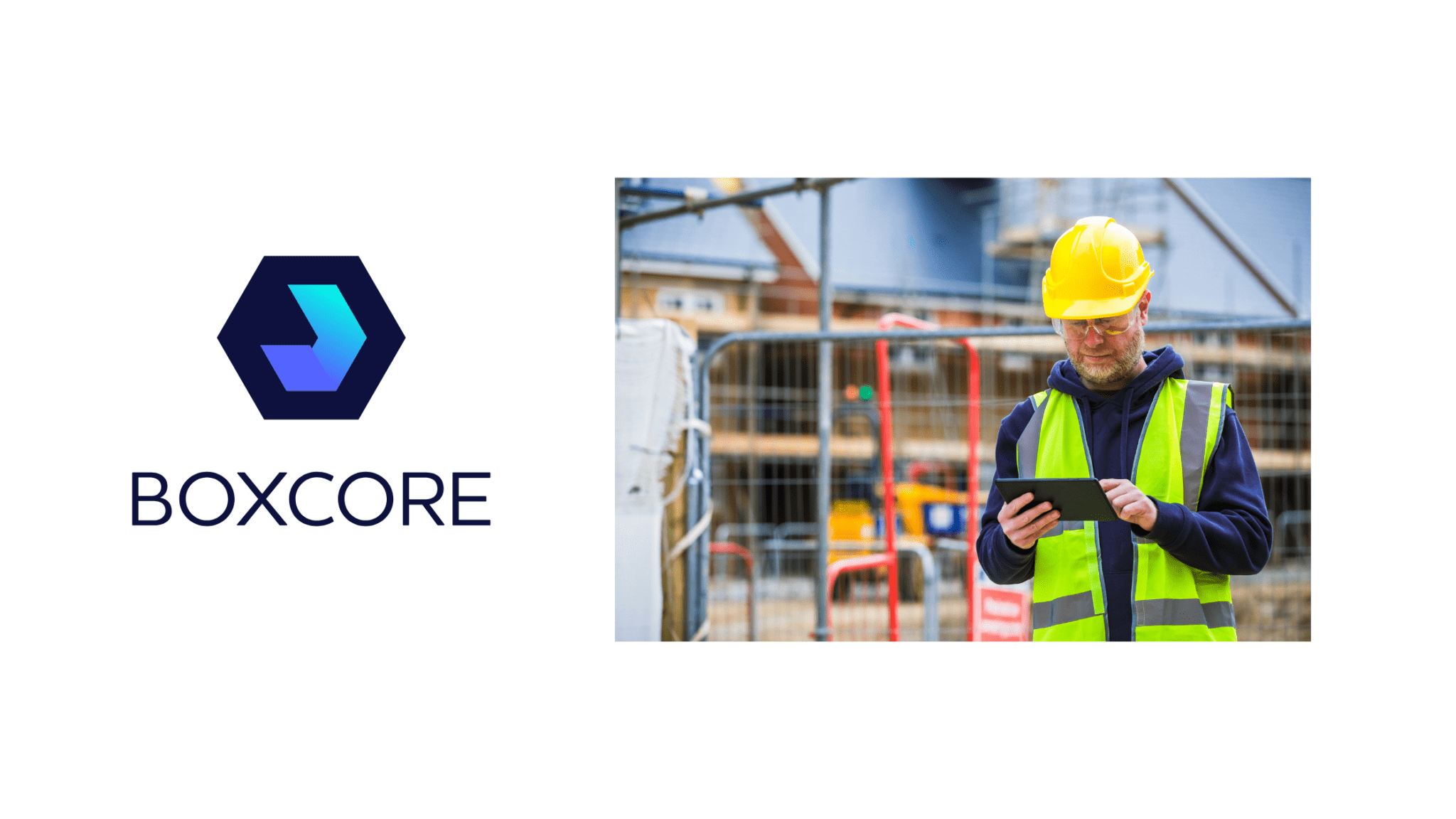Health and safety software for construction is quickly moving from being a “nice to have” to a critical operational tool. With regulatory requirements tightening, workforces becoming more fragmented, and projects under constant cost and time pressure, contractors need systems that deliver accurate compliance data, reduce admin, and fit seamlessly into the way sites operate.
The challenge? Many platforms look good in a demo but fail to gain traction on the ground. In construction, software adoption is not just about features – it’s about how quickly site staff, subcontractors, and supervisors can use it without disruption to the job at hand. If adoption fails at site level, compliance risk increases, productivity suffers, and manual workarounds creep back in.
From work on major infrastructure projects to smaller local builds, six essentials consistently separate successful health and safety software from the rest.
1. Ease of Use and Speed of Adoption
No matter how powerful the software is, if site crews can’t pick it up quickly, it will fail. Construction sites are fast-paced environments with minimal downtime for training. Foremen, safety officers, and subcontractor supervisors need to see immediate value.
Boxcore has been built specifically for frontline adoption. Most users are up and running with live project data within a matter of hours, thanks to a simple interface purpose designed around real site workflows. Subcontractors can be trained in minutes, which is critical on projects with frequent crew changes.
This focus on usability is why contractors are replacing spreadsheets with systems like Boxcore’s health and safety software – it removes the learning curve and lets teams get on with the job while staying compliant.
2. All Safety Data in One Place
Fragmented systems create duplication, delays, and risk. If training records are stored in one place, inspection reports in another, and RAMS buried in email chains, compliance gaps are inevitable.
A single source of truth means every authorised person – from project managers to subcontractors – can access the same up-to-date safety information instantly. This is where Boxcore’s automated registers for training, documents, and assets make a tangible difference. No more chasing expired certificates or manually updating Excel sheets.
Centralising data also makes audits straightforward. With everything in one platform, you can generate the required registers in seconds, saving days of preparation.
3. Works Equally for Subcontractors and General Contractors
Half of Boxcore’s customer base are subcontractors. They have different pressures from general contractors: they must keep their own teams compliant while sharing information back to the main contractor. A platform that only serves the head contractor’s needs often fails to get full buy-in.
Health and safety software for construction must work both ways – giving subcontractors easy upload and visibility tools, while allowing general contractors to track compliance across all trades.
With Boxcore, subcontractors can upload safety documents, log inspections, and complete digital inductions that automatically sync to the GC’s dashboard. That means no repeated data entry, no emailing PDFs, and no “we didn’t receive that” conversations.
4. Integration with Facial Recognition Time and Attendance Access Control
Safety compliance and workforce visibility are linked. If you don’t know exactly who is on site – and whether they’re cleared to work – you can’t be confident in compliance.
Facial recognition access control is a game-changer here. Boxcore integrates this directly into its platform. Workers are onboarded in seconds with two quick photos. From then on, they can only access the site if their status is approved, training is in date, and required documents are valid.
The system logs real-time and historical attendance data, which can be broken down by trade, company, or project. The best health and safety software only supports safety but also feeds into payroll accuracy, project reporting, and resource planning.
You can read more on Boxcore’s access control solutions for construction.
5. Cybersecurity You Can Rely On
Safety data isn’t just operational – it’s sensitive. Training records, personal identification, and attendance logs all fall under data protection laws. Insecure systems create the risk of breaches that can damage reputation and trigger legal consequences.
Boxcore is SOC 2 Type 2 certified, meaning its security controls are independently verified. For contractors working with government or large corporate clients, this level of certification is becoming a standard requirement.
Cybersecurity is not an add-on – it must be built into the core architecture. This ensures your compliance data is protected from day one.
6. Integration with Other Construction Platforms
Construction technology ecosystems are becoming more connected. Many general contractors already use platforms like Procore and Autodesk for project management and design. Health and Safety software that doesn’t integrate with these tools adds friction and slows workflows.
Boxcore integrates directly with Procore and Autodesk, allowing safety and workforce data to flow between systems without double entry. This not only saves time but ensures that the latest safety status is visible alongside other project data.
For complex builds – from data centres to infrastructure – integration is no longer optional. It’s essential for real-time decision-making.
The 4 Key Benefits of Getting It Right
When health and safety software for construction meets these six essentials, contractors see measurable improvements in four areas.
1. Reduced Compliance Risk
Automated alerts, real-time dashboards, and centralised records mean you can spot and fix compliance issues before they cause problems. If a Safepass, CSCS, or SST card is about to expire, the system flags it instantly, so the worker can renew it before arriving on site.
2. Eliminated Manual Admin
Manual safety registers and email chains consume huge amounts of project time. By digitising inductions, inspections, and training records, Boxcore eliminates repetitive admin. Supervisors spend less time chasing paperwork and more time focusing on safety and productivity.
See how Boxcore simplifies site safety documentation.
3. Improved Productivity
When site crews aren’t standing around waiting for verification or re-signing forms they’ve already submitted, work starts faster each day. Managers gain instant access to the data they need, so decisions are made in minutes rather than hours.
4. Reduced Insurance Premiums
Demonstrating a robust safety management process can help reduce insurance costs. Insurers are increasingly recognising the value of digital systems that provide verifiable records of training, inspections, and workforce management.
Why Adoption with Site Staff and Subcontractors is Critical
Construction is not like other industries. The workforce is often transient, with different trades arriving and leaving throughout the project. Crew members may speak multiple languages, work for different employers, and have varied levels of tech familiarity.
If health and safety software isn’t embraced at site level, data gaps appear almost immediately. Inaccurate training records, missed inductions, and undocumented incidents all increase risk. This is why Boxcore trains subcontractors at no extra cost and keeps the interface so simple that it works for all levels of technical ability.
Adoption isn’t just about training – it’s about making the software an effortless part of the daily routine. If checking in, uploading a RAMS, or completing an inspection takes seconds, teams will use it. If it takes minutes, they’ll find workarounds or worse still won’t do it.
When Construction Is Not Like Other Industries
In many sectors, software roll-outs can take months, with long lead times before measurable benefits. In construction, the environment is too dynamic for that. New projects start and end constantly. Crews change weekly. Safety regulations vary not just by country but often by region or city.
Health and safety software must deliver value within days, not months. It must work rapidly on mobile devices, and without needing any extensive training.
Boxcore’s success comes from recognising these realities from day one. Built by experienced civil engineers and project managers, it is designed for boots-on-the-ground use, not just office dashboards.
Final Thoughts
The right health and safety software for construction is one that frontline teams will actually use. It must be easy to adopt, keep all safety data in one place, work for both subcontractors and general contractors, integrate with facial recognition access control, be cyber secure, and connect to other core construction platforms.
When these six essentials are in place, contractors benefit from reduced compliance risk, eliminated manual admin, improved productivity, and even lower insurance premiums.
As Padraig Reilly, CEO & Founder of Boxcore, puts it:
“Our goal is simple: we want to give contractors tools that actually make their lives easier on site. It’s about cutting down the admin, improving safety and helping teams get the job done with less hassle.”
For contractors ready to move beyond spreadsheets and siloed systems, Boxcore’s health and safety software offers a proven, market-tested solution that delivers results fast.


